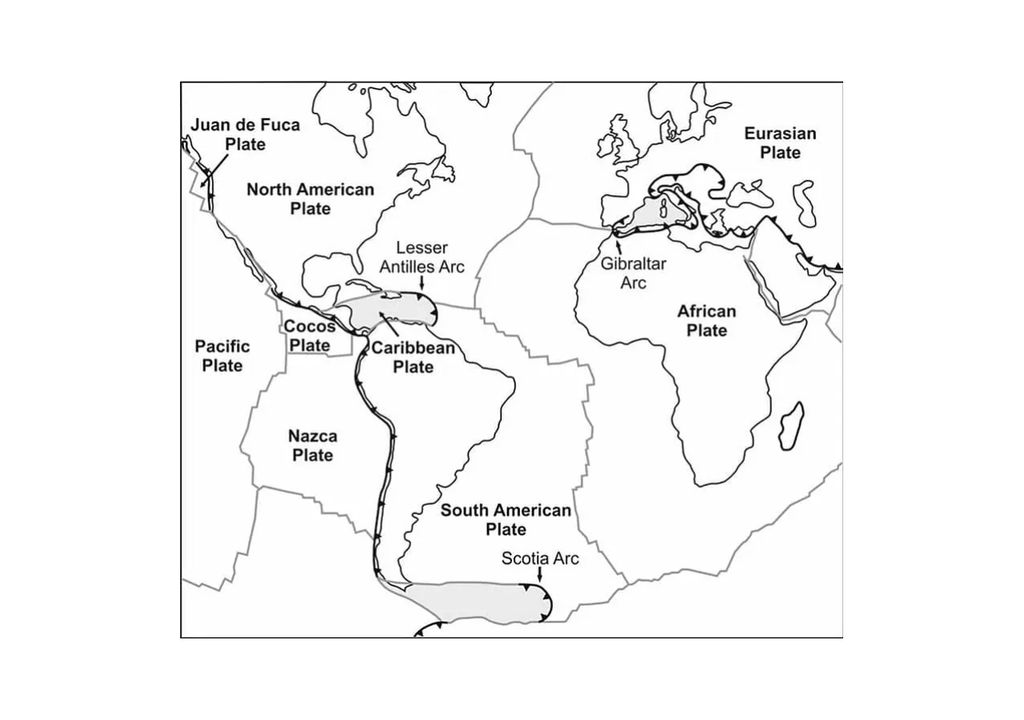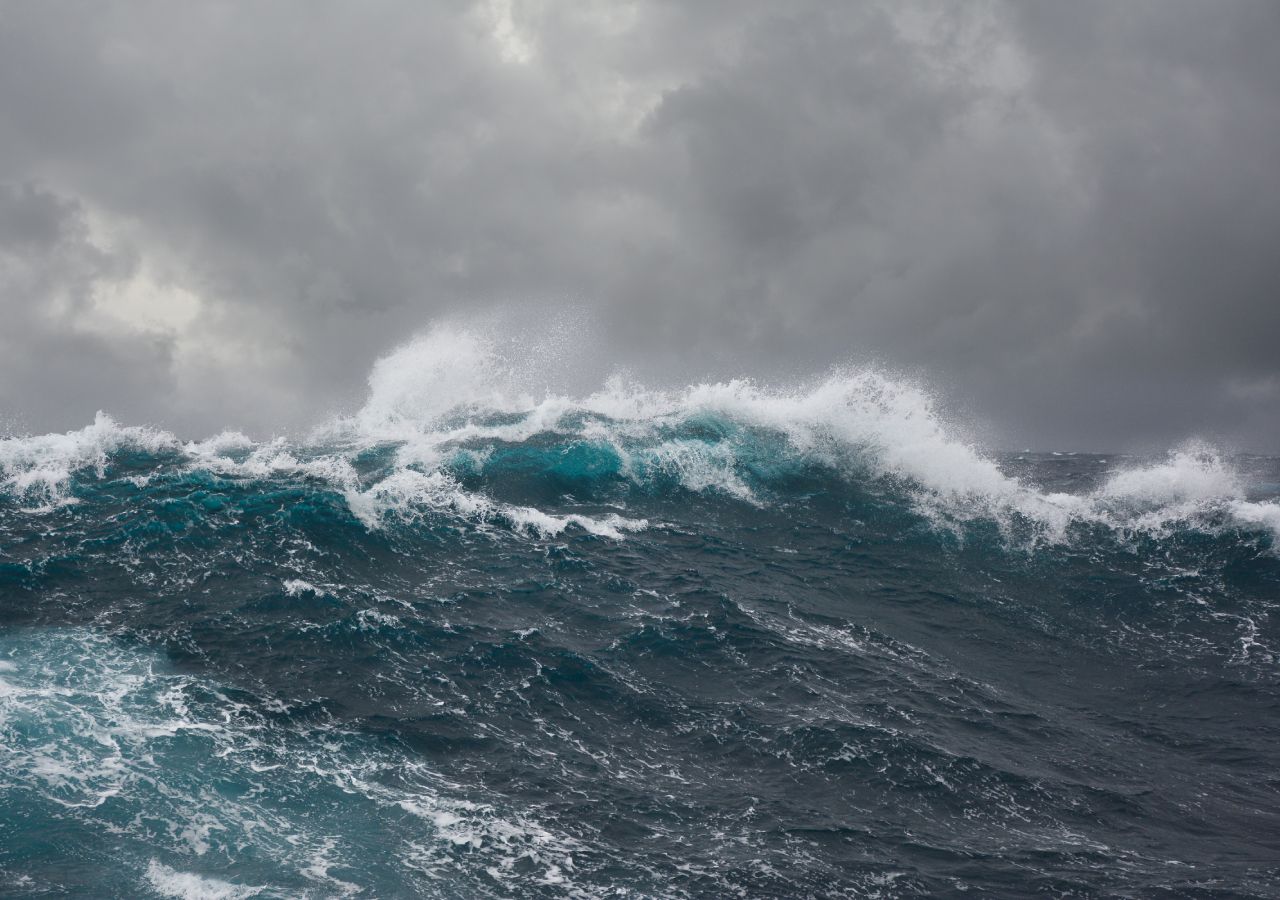The shift of tectonic plates has already contributed to various changes on the geological time scaleThe only existing continent, known as Pangea, began to break up about 200 million years ago, and the world as we know it today gradually emerged.
However, these changes are due to a range of activities that occur in areas where plates meet, which may be convergent, divergent, or shifting.
Plate convergence and its consequences
When two plates meet, whether oceanic or terrestrial, two processes can occur.
- Subduction: A collision between a denser plate and a lighter plate, in which the denser plate sinks and large mountain ranges can form, as in the case of the Andes in South America, where the oceanic plate sinks before the continental plate.
- Anatomy: This process occurs as a result of the collision of two plates with the same density, which ultimately leads to their accumulation and the formation of large mountain ranges, such as: B- The Himalayas, which were formed as a result of the collision of the Indian plate with the Eurasian plate.

Divergent and shifting plates
When plates converge, material “lost” during subduction is absorbed by the diverging plates. How is that? As we previously mentioned, there is a trench in the middle of the Atlantic Ocean that contributes to its growth.
The reason for this is the plates drifting apart from each other, because Trenches are rift zones where magma rises and, as it solidifies, contributes to the sea floor (oceanic crust). In other words, as new crust forms, it is moved and pushed away from the trench by plates that are slowly moving in opposite directions, causing this uplift. At the transform boundary, the plates just slide, and no destruction or formation of crust occurs.
Growth of the Atlantic Ocean
As mentioned earlier, the Atlantic Ocean has expanded since the breakup of Pangea From the processes described above. However, in addition to the Middle Atlantic Rift, there are also two subduction zones. One is in the Caribbean Antilles and the other is in the Scotia Arc near Antarctica.

New studies show the possibility of a new subduction zone in the Atlantic Ocean within a few million years. This subduction zone likely contributed to the closure of what is now the Mediterranean Sea, possibly migrating through the Strait of Gibraltar into the ocean.
Could the sea really be closed?
As many scientists believe that this subduction zone in the Mediterranean is no longer active, having slowed down significantly over the past million years, it is possible that… Other areas slow down while others gain speed.
According to some studies, the Arc of Gibraltar will expand further into the Atlantic Ocean after this period of calm. The models also show how a subduction zone that began in a closed ocean (today's Mediterranean Sea) could migrate through a narrow ocean passage into a new open ocean (the Atlantic Ocean).
Subduction zone intrusion is likely a general mechanism, Which triggers this process in the Atlantic Oceans, which is a fundamental process in the modern geological development of the Earth as described by the Wilson cycle.
In geology, the Wilson cycle is a theory that a continent moves and forms an ocean basin, and then begins the process of convergence, causing the two plates to collide and the ocean to close.
Some experts believe that the Atlantic Ocean, like the Pacific Ocean, could form a ring of fire if it closed.
Earth is a planet that is constantly evolving
In short, the Atlantic Ocean is still growing at a rate of a few centimeters per year. Now it remains to be seen whether the Wilson cycle will materialize and finally begin to end.
But fortunately or unfortunately, we won't be here to see how things play out. The most important thing is to know that planet Earth is constantly evolving and that if there is a major geological process that led to the current form that contributes to life on Earth, This process is unlikely to stop here and should lead to many changes in the future.
Source note:
Wilson R, Hausmann G, Poiter S, et al. Fifty years of the Wilson cycle concept in plate tectonics: an overview. Research Gateway (2019).
Duarte G, Real N, Rosas F, et al. The Gibraltar subduction zone intrudes into the Atlantic Ocean. Geology (2024).
Duarte J, Schilart W, Rosas F. The future of Earth's oceans: consequences of subduction initiation in the Atlantic Ocean and implications for supercontinent formation. Cambridge Core (2016).

“Alcohol buff. Troublemaker. Introvert. Student. Social media lover. Web ninja. Bacon fan. Reader.”







More Stories
Do you want to work at NASA? These are the 43 citizen science projects that want to do real science
Hits are gaining popularity in science | NDR.de – Culture
Skin rash after eating asparagus? What could be behind it?